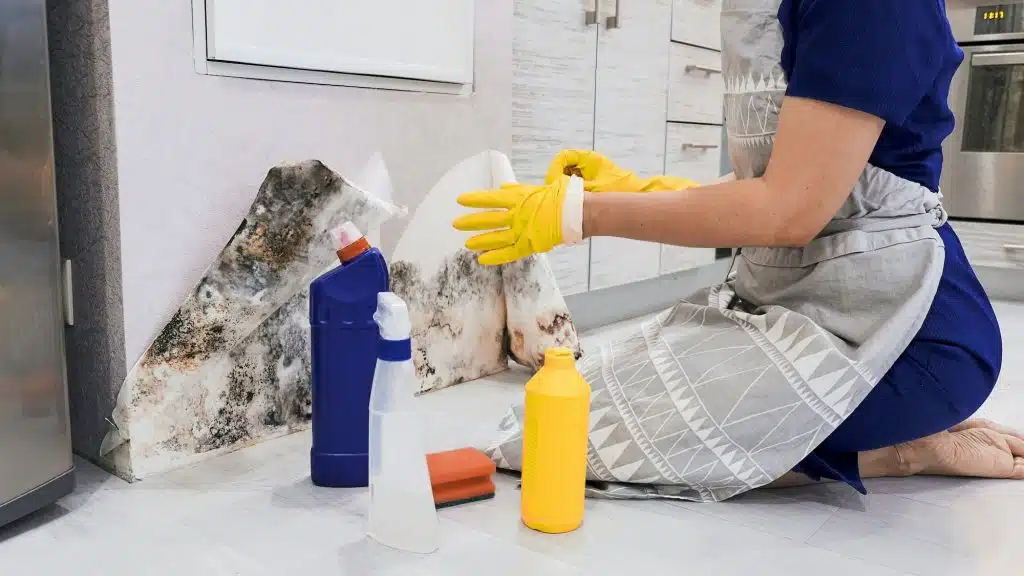Sandpaper Grades – What Does the ‘P’ Mean and Which Grit You Need?
Sandpaper grades are important to know if you are a DIYer. Before you start sanding, it is important to understand what grades are available and how they work. In this article, you will learn about the different sandpaper grades and how to choose the grit that is right for your needs.
Sandpaper grades and grits. What’s the difference?
Sandpaper grades and grits are used for a wide range of projects. They vary in size, quality and abrasives. Choosing the best grit for a particular project is essential.
There are five basic grades of sandpaper. Each one has a different abrasive that is best suited to the project at hand.
The grades range from extra coarse to very fine. For most home projects, you will want to use the fine sandpaper. It is ideal for smoothing the surface of new or old woodwork.
Extra coarse sandpaper is designed for rough sanding and removal of paint. This type is usually available in disks or sheets.
Extra fine sandpaper, also known as superfine, is perfect for polishing jobs. These grits are typically between 800 and 1,000. You can find sandpaper in these grits on waterproof sheets.
Medium grits are suitable for removing minor imperfections. If you need to clean and smooth the surface of a woodwork project, you can choose from medium sandpaper. This includes sandpapers in the 80-to-120-grit range.
Coarse sandpaper is a good choice if you need to remove the top layer of paint or varnish from a door. Most of the time, you can use sandpaper in the 60-to-80-grit range.
Fine sandpaper is often used for polishing and finishing. This type is generally considered the best option for most projects. However, some projects require switching to a finer sandpaper.
If you’re planning to build a new door, you might want to use 100-grit paper to smooth out the edges. Likewise, you can use 150-grit to remove old varnish from the inside of a door.
Grits are measured in microns. The abrasive particles on the sandpaper are sharp, which can help you clean and smooth a surface.
What are the different sandpaper grades?
There are different types of sandpaper, and the grade of the sandpaper you choose is important. Sandpaper is used for roughening, shaping, and finishing the surfaces of wood. In addition, sandpaper is often used to remove old paint or finish.
There are five main grades of sandpaper, which include coarse, extra fine, fine, medium, and ultra fine. Most of the sandpaper you will need for DIY projects falls into this range.
Coarse sandpaper has a smaller grit number, so it will quickly remove material. It is often used to prepare surfaces for finishing, like wood and metal.
Extra fine sandpaper is often used to sand between coats of paint or as the last step in a painting project. Medium sandpaper is used for final shaping and smoothing. The sandpaper is usually available in sheets or disks.
Fine sandpaper has a larger grit number, so it will smooth out the scratches left by coarser grades. Many projects begin with coarse sandpaper and switch to fine sandpaper as the project progresses. This is because overworking the area can result in an uneven appearance.
For many projects, you’ll find that the sandpaper you’re using is listed on the project list, but the grit number won’t be visible. You’ll also need to adjust your pressure when you’re applying the sandpaper. If you choose the wrong sandpaper, you’ll have to go back and fix the mistake.
If you need to know the grit of sandpaper, you should consult a sandpaper standard. These are typically established by manufacturers. They also specify the level of coarseness.
For more information on the sandpaper grit, you can visit the Federation of European Producers of Abrasives (FEPA). FEPA grades the sandpaper according to the diameter of the average particle size in microns.
What does the P mean in sandpaper grits?
Sandpaper comes in different grades. These gradations are based on the amount of abrasive materials embedded in the sandpaper. It is used for removing layers of paint, smoothing rough edges, and preparing surfaces. You will need to know the sandpaper grade you are purchasing to make sure you can use it safely.
If you’re not sure which sandpaper grade is right for your project, you should consult a sandpaper grit chart. Whether you’re looking for fine or coarse sandpaper, you’ll find the correct grit with a chart. The grit is a measure of the coarseness of the abrasive material in the sandpaper.
Fine sandpaper is typically used to smooth or finish surfaces, such as wood or painted surfaces. You may also use it to roughen glossy paint in preparation for a new coat. Usually, the higher the number, the finer the grit.
In North America, sandpaper grits are usually labeled according to the CAMI (Coated Abrasive Manufacturers’ Institute) system. These standards are approved by the American National Standards Institute.
There are five sandpaper grades. They are fine, extra-fine, coarse, medium, and extra-coarse. For most projects, you will want to use a fine sandpaper. However, you can use a coarse sandpaper for a rough finish.
In Europe, sandpaper grit is regulated by the FEPA, or Federation of European Producers of Abrasives. Grit numbers are often preceded by the letter “P.” P stands for the European code for the sandpaper grit.
Although there are some similarities between CAMI and FEPA, they are not identical. FEPA uses a different grit numbering system that starts at coarse and goes to fine. Most of the sandpaper you buy will be rated by both.
What sanding tools should I use?
Whether you’re sanding a large surface area or a small one, there are many tools you can use to make the job easier. It’s important to pick a sander that will suit your needs.
For larger jobs, an electric sander is your best bet. Most of these devices can be easily used with just one hand. This means you don’t have to spend a lot of time sanding your work.
When sanding, be sure to wear safety goggles and protective clothing. If you are working on a metal object, don’t forget to cover it with a drop cloth.
Another option for sanding a small area is a sanding sponge. These sponges are more flexible than a sander, so they’re great for curved surfaces.
For sanding a large surface, an orbital sander can be a great tool. They’re lightweight, inexpensive, and easy to use. Plus, they can save you a ton of time.
To get the most out of your sanding experience, you should look for a sander that has a trigger lock. This feature allows you to lock the sander in place, freeing up your hands.
Also, make sure you pick a sander with adjustable speeds. Adjustable speed settings allow you to control how aggressively you want to sand your surfaces.
You may also want to buy a sanding block. The least expensive of all sanding tools, a sanding block can be purchased at any major hardware store. However, you should take note that sanding with a sanding block can be a painful process.
Finally, you should consider a sanding roller. Unlike a sander, a sanding roller is good for curved surfaces.
If you’re not ready to invest in an orbital sander, try a disc sander. They’re fast, powerful, and easy to use. Before using one, however, it’s recommended to test it out on a small area of scrap wood.



